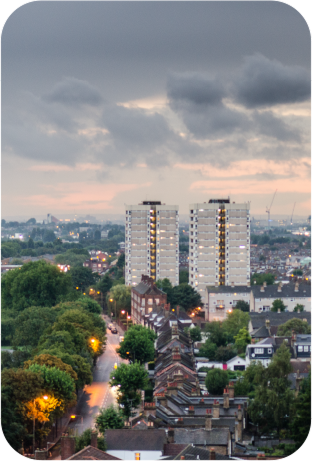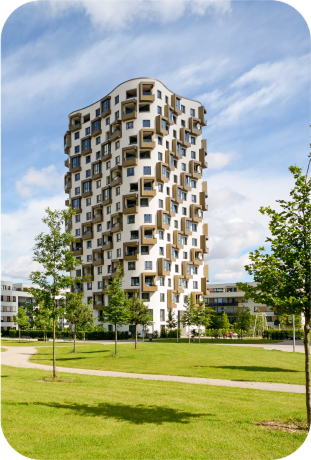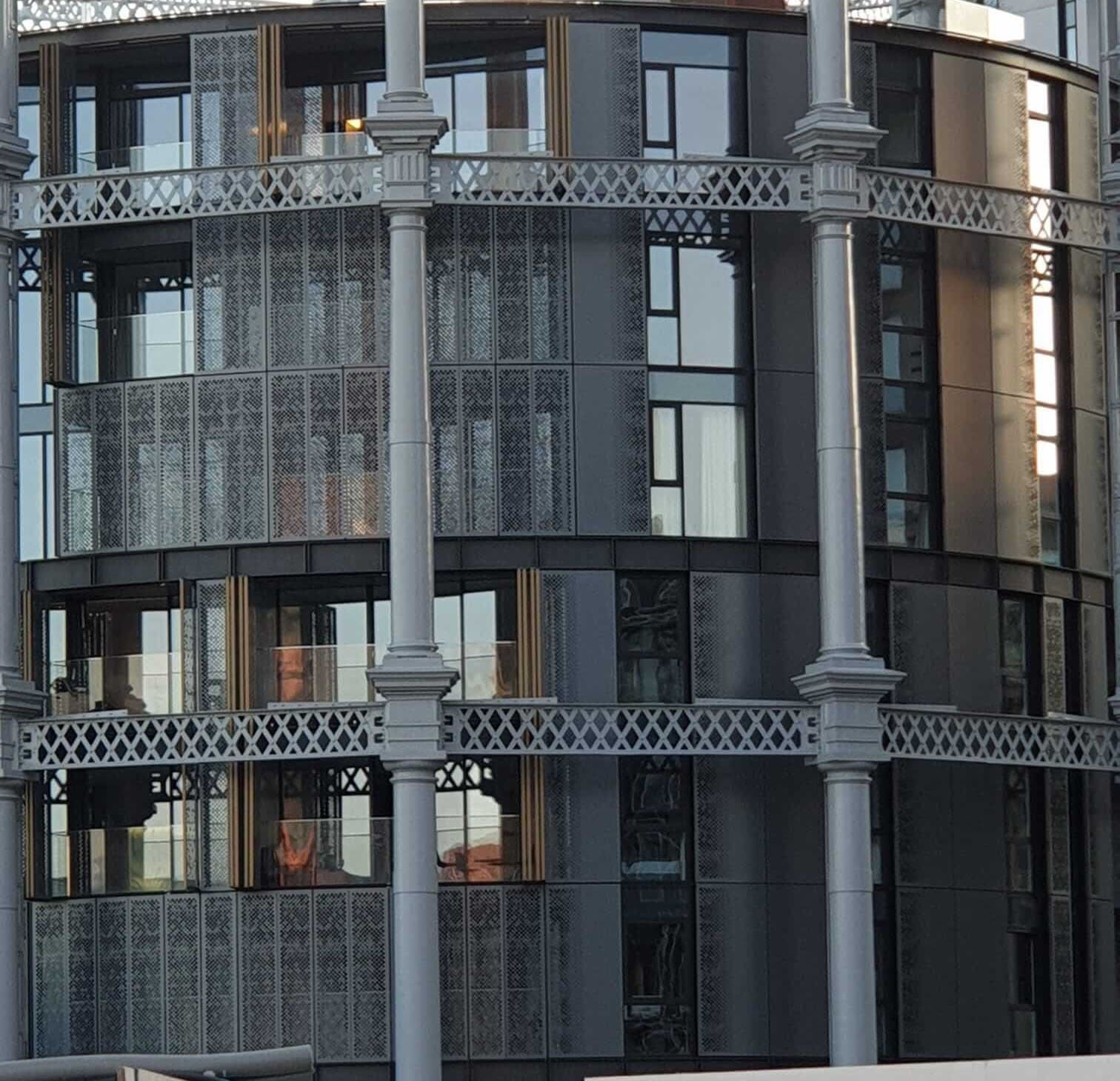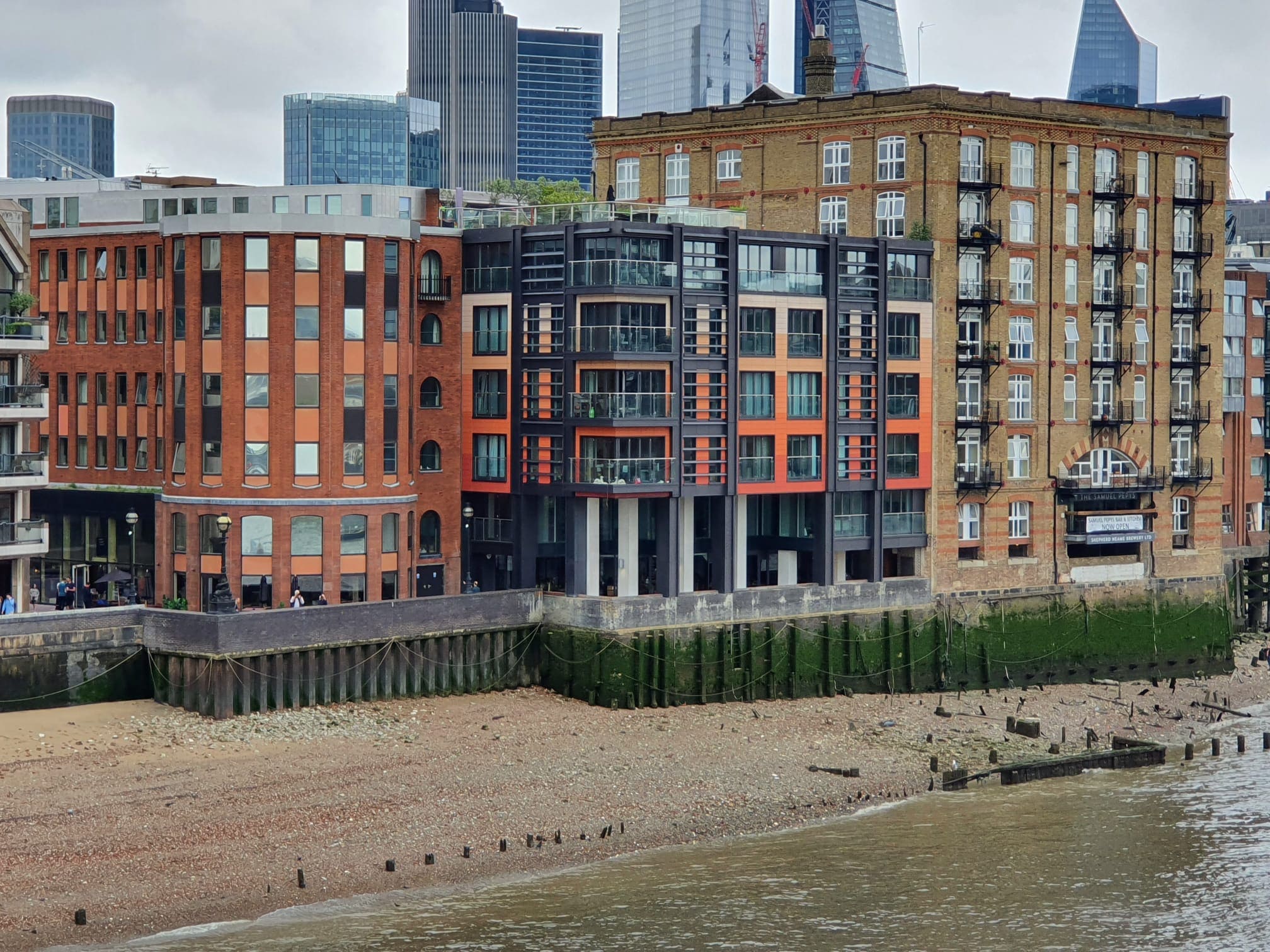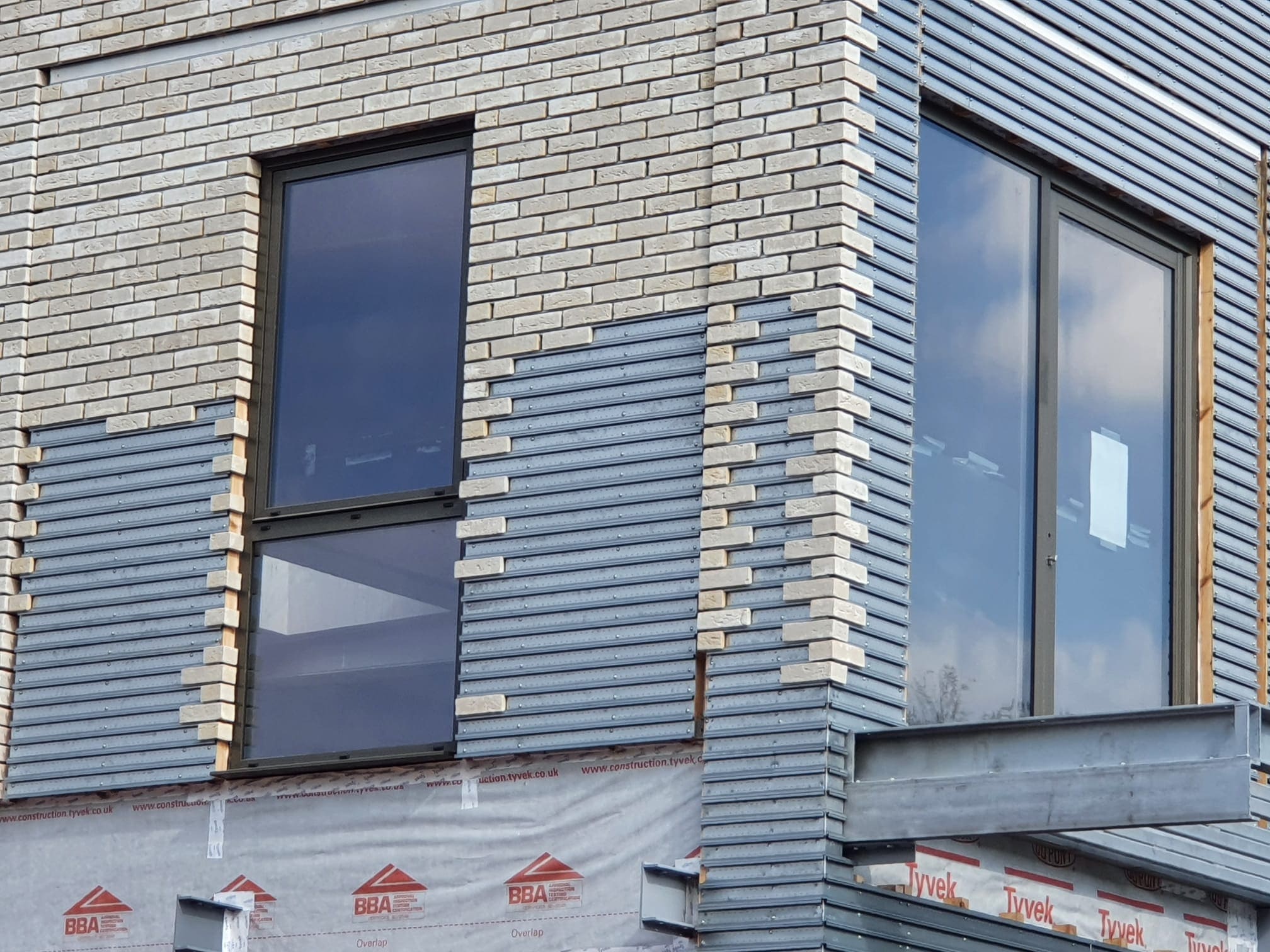27/09/2021
by: Mary-Anne Bowring/Telegraph

Purchases of properties across the country have been thrown into chaos as banks have demanded that apartment blocks pass a test proving they are fire safe.
EWS1 certificates are given to high-rise buildings that have passed an External Wall Fire Review. Without this form most banks will not offer mortgages, leaving residents unable to sell. However, the leaseholders who live in these blocks cannot organise for tests to be carried out themselves, and are instead reliant on the freeholders of the building to arrange for the tests to be carried out.An increasing number of new-build homes have been caught out by the rules, which were established in the aftermath of the Grenfell Tower fire in June 2017. Here, Telegraph Money answers some of the key questions about the EWS1 process.
What are EWS1 certificates for?
The EWS1 form was established by the Royal Institution of Chartered Surveyors and mortgage lenders, represented by UK Finance and the Building Societies Association. It was launched in December 2019 to create a consistent process through which the fire safety of buildings over 18m tall could be assessed. Banks usually require a certificate declaring a tower block as safe before they will offer a mortgage on a property.
Since then, changes in Government regulations have meant that many buildings below 18m have fallen under the scope of EWS1, causing issues for buyers and sellers alike. Freeholders of these structures of a lower height are not obliged by law to have the checks carried out, however many banks are refusing to offer mortgages on them without the certificate.
Who carries out EWS1 checks?
The checks must be carried out by a qualified fire engineer, who carries out a risk assessment on the building’s walls and then declares the building safe. EWS1 forms are valid for five years.Mary-Anne Bowring, of property firm Ringley, said: “The EWS1 form must be completed by a fully qualified member of a relevant professional body, with sufficient expertise to identify the relevant materials within the external wall cladding and attachments, including whether fire resisting cavity barriers and fire stopping have been installed correctly.”
How much should it cost?
The cost of the EWS1 certificate varies based on the size of the property, the elements used and amount of testing required. In some cases, block owners have been quoted tens of thousands of pounds to carry out the work. However, Ms Bowring said that forms typically cost much less.
“The process of obtaining an EWS1 form typically costs a minimum of £6,000,” she said. “However, we have seen prices up to £28,000. It all depends on what company you instruct to carry out the process.” Ms Bowring recommended that freeholders get multiple quotes before proceeding with the work.
Who can organise an EWS1 certificate?
Freeholders are the only people who can ask for the fire safety review to be carried out. Even if leaseholders are happy to pay for the checks to be carried out themselves, they still require permission from the freeholder.Residents cannot obtain a certificate on their own, given the tests can involve removing parts of the building’s facade.
What are the certificate options?
After the tests are carried out, the fire engineer will give the property one of five ratings: A1, A2, A3, B1 and B2. This depends on the type of materials on the building and whether work needs to be carried out.Certificate A options are for properties where the external wall materials are unlikely to be combustible.A1 is where there are no attachments to the building and the facade that are of anything other than ‘limited combustibility’, as defined by building regulations. Ms Bowring said all relevant materials within the external wall, attachments and fire-resisting cavity barriers must have been installed correctly. A2 covers any buildings where attachments, such timber boards which are fixed to brickwork, could exacerbate the spread of a fire. Ms Bowring said this check would ensure the risk of fire spreading was manageable and five resistant materials were used in the wall itself, including cavity barriers. No remedial work is necessary.A3 is for buildings where there are potentially flammable attachments to the building and removal is recommended. However, fire-resistant barriers have been used which means the risk of problems is low. The removal of attachments is recommended rather than demanded.
The certificate B options cover properties where combustible materials are present in the external walls and significant remediation works are potentially required.B1 is used when combustible materials are present on external walls and attachments, such as balconies. However, while dangerous materials are present, the risk is sufficiently low that no remedial works are required. Ms Bowring said an example of this would be a decorative panel on a low-rise building that was nowhere near a window.B2 is for when significant remedial works are required to remove combustible materials, as those used on the building will accelerate fire spread. Depending on the risk, Ms Bowring said that immediate action may be required, such as a “waking watch” where the building is monitored for 24 hours a day.
In cases where work needs to be carried out, the Government has launched two fund to help pay for the cost of remediation work. However, these only cover properties worth over 18 meters tall, meaning many homeowners will be excluded.
After the tests are carried out, the fire engineer will give the property one of five ratings: A1, A2, A3, B1 and B2. This depends on the type of materials on the building and whether work needs to be carried out.Certificate A options are for properties where the external wall materials are unlikely to be combustible.A1 is where there are no attachments to the building and the facade that are of anything other than ‘limited combustibility’, as defined by building regulations. Ms Bowring said all relevant materials within the external wall, attachments and fire-resisting cavity barriers must have been installed correctly. A2 covers any buildings where attachments, such timber boards which are fixed to brickwork, could exacerbate the spread of a fire. Ms Bowring said this check would ensure the risk of fire spreading was manageable and five resistant materials were used in the wall itself, including cavity barriers. No remedial work is necessary.A3 is for buildings where there are potentially flammable attachments to the building and removal is recommended. However, fire-resistant barriers have been used which means the risk of problems is low. The removal of attachments is recommended rather than demanded.
The certificate B options cover properties where combustible materials are present in the external walls and significant remediation works are potentially required.B1 is used when combustible materials are present on external walls and attachments, such as balconies. However, while dangerous materials are present, the risk is sufficiently low that no remedial works are required. Ms Bowring said an example of this would be a decorative panel on a low-rise building that was nowhere near a window.B2 is for when significant remedial works are required to remove combustible materials, as those used on the building will accelerate fire spread. Depending on the risk, Ms Bowring said that immediate action may be required, such as a “waking watch” where the building is monitored for 24 hours a day.
In cases where work needs to be carried out, the Government has launched two fund to help pay for the cost of remediation work. However, these only cover properties worth over 18 meters tall, meaning many homeowners will be excluded.
https://www.telegraph.co.uk/property/uk/ews1-cladding-form-cost-how-much-what-government-certificate-2021/
 6424
6424












Keep up to date
(Weekly, fortnightly or monthly)
To find out more what we do with your data, please read our Privacy Policy

 0
0



